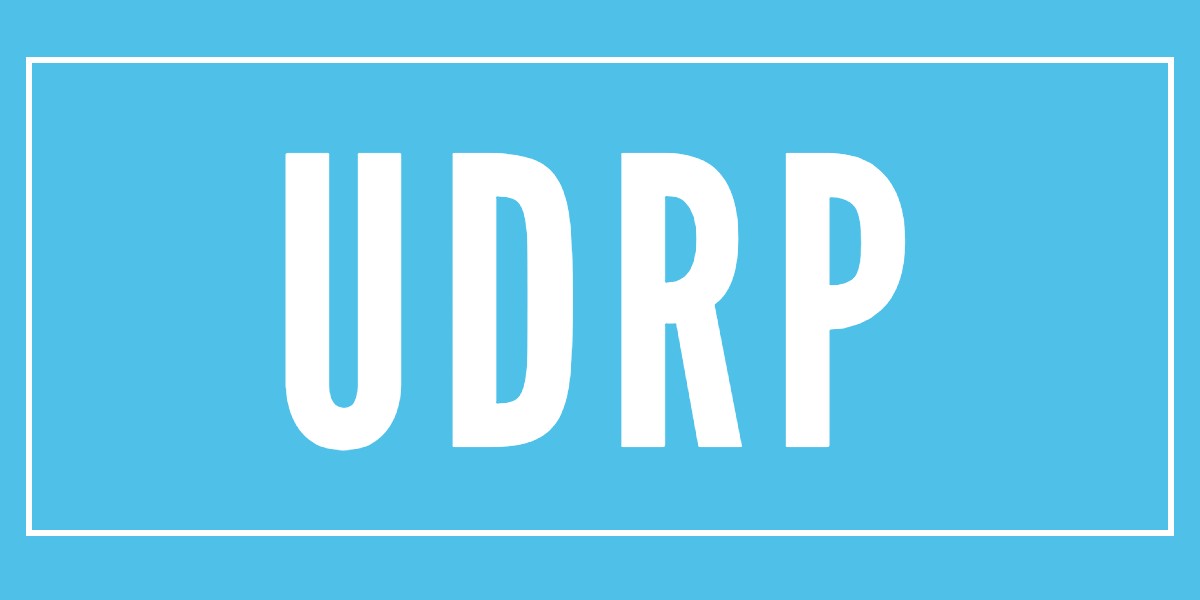A domain owner shouldn’t have to prove the second element of UDRP to get a finding of reverse domain name hijacking.

Semiconductor company ARM has filed a handful of UDRP cases against arm.tld domains this year. It won cases for arm.click and arm.co. It lost cases for arm.world and arm.app.
The company is well-known in the B2B technology space, but its acronym is also a common dictionary word. This means the company needs to convince panels that people didn’t register the domain because of the dictionary word or some other reason.
In the recently decided arm.app case, panelist Sok Ling MOI determined that ARM didn’t show that the domain owner registered the domain in bad faith, so he denied the claim. I think his overall decision was the correct one.
I also think this probably wasn’t a case of reverse domain name hijacking. But I am concerned about the reason the panelist decided it wasn’t RDNH. The domain owner said he had future plans for the domain that he registered just five months before the case was filed, but the panelist said that the domain owner didn’t rebut the case for Rights or Legitimate Interests. It’s this part that concerns me:
Consequently, the Panel finds that the Complainant has satisfied the requirements of the second element under paragraph 4(a) [Rights or Legitimate Interests] of the Policy. It follows therefore that the Respondent’s claim of reverse domain name hijacking by the Complainant is without basis.
So if the second element is in favor of the Complainant, it can’t be reverse domain name hijacking? That’s simply not true.
There’s another part of the case that disturbs me. ARM submitted two supplemental filings, one of which included information about the Respondent’s English-language domains:
(b) Information on the domain name investigation conducted using the Respondent’s email address […]@live.com, showing that the Respondent had registered over 170 domain names containing English words in the last 2 years (paragraph 9d and Annex D of the second Supplemental Filing).
The Complainant has submitted this additional information purportedly to establish that the Respondent is well-versed in English and thus has an intention to make a commercial gain from registering the disputed domain name. Whilst this information is relevant to the issues in this case insofar as it shows the cybersquatting tendencies of the Respondent, the Panel finds that such information could have been submitted earlier in the amended Complaint when the identity and email address of the Respondent was disclosed to the Complainant.
What caught my eye was “insofar as it shows the cybersquatting tendencies of the Respondent”. I really hope this list included a lot of trademarks, not just English domains. Owning a portfolio of 170 domains containing English words doesn’t show anything about cybersquatting.






I get confused reading the reasoning in some of these UDRP decisions when it comes to recognizing domain investing as a legitimate business vs. being defined directly or indirectly as ‘cyber squatting’ by default of having NOT registered any URL as a Trademark.